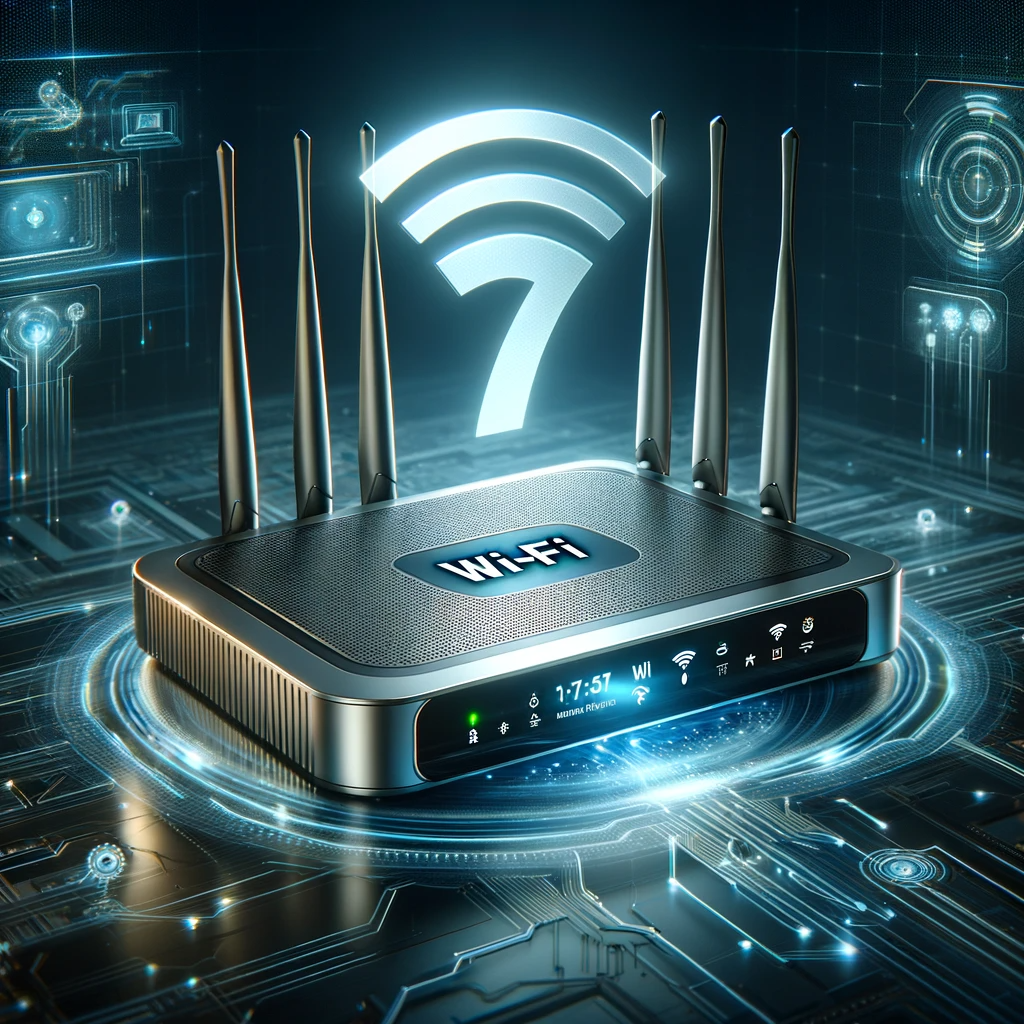Wi-Fi technology has evolved rapidly over the years, with each new iteration bringing significant improvements over its predecessors. Wi-Fi 5, Wi-Fi 6, and the latest, Wi-Fi 7, each have unique characteristics and advancements. Here’s a detailed comparison of these three Wi-Fi standards:
Wi-Fi 5 (802.11ac)
Introduced in 2014, Wi-Fi 5 was a major leap forward from its predecessor, Wi-Fi 4 (802.11n). It operates exclusively in the 5 GHz band, which offers less interference compared to the 2.4 GHz band used by earlier Wi-Fi standards.
Key Features:
- Speed: Wi-Fi 5 supports maximum speeds of up to 3.5 Gbps, which was significantly faster than Wi-Fi 4.
- MU-MIMO: It introduced Multi-User, Multiple-Input, Multiple-Output (MU-MIMO) technology, allowing routers to communicate with multiple devices simultaneously.
- Channel Width: It supports 80 MHz channels with an optional 160 MHz channel for faster data rates.
Wi-Fi 6 (802.11ax)
Released in 2019, Wi-Fi 6 brought further improvements in speed and efficiency. It operates in both 2.4 GHz and 5 GHz bands, providing greater flexibility and performance.
Key Features:
- Speed: Wi-Fi 6 can achieve speeds up to 9.6 Gbps, which is a substantial increase over Wi-Fi 5.
- OFDMA: Orthogonal Frequency-Division Multiple Access (OFDMA) allows the division of Wi-Fi channels into smaller sub-channels. This increases efficiency by enabling multiple devices to use the channel simultaneously.
- Target Wake Time (TWT): This feature improves device battery life by scheduling when devices should wake up and communicate with the router.
- Improved MU-MIMO: Wi-Fi 6 extends MU-MIMO capabilities for uplink data, improving overall network efficiency.
Wi-Fi 7 (802.11be)
Wi-Fi 7, while still in development as of my last update in April 2023, is poised to be the next big thing in wireless networking technology.
Anticipated Features:
- Speed: Expected to support speeds exceeding 30 Gbps, which is a substantial jump from Wi-Fi 6.
- Spectrum Usage: Wi-Fi 7 may operate in the 2.4 GHz, 5 GHz, and 6 GHz bands, offering even broader spectrum usage and less interference.
- Improved Latency: It aims to reduce latency significantly, making it ideal for real-time applications like gaming and virtual reality.
- Enhanced MU-MIMO and OFDMA: These features are expected to be further refined for even greater efficiency and capacity.
Comparison summary
- Speed: Wi-Fi 7 > Wi-Fi 6 > Wi-Fi 5
- Frequency Bands: Wi-Fi 7 is expected to use 2.4 GHz, 5 GHz, and 6 GHz; Wi-Fi 6 uses 2.4 GHz and 5 GHz; Wi-Fi 5 uses 5 GHz.
- Technologies: Each successive generation introduces new or improved technologies like MU-MIMO, OFDMA, and TWT.
- Efficiency and Capacity: There’s a notable improvement in handling multiple devices and network efficiency with each new Wi-Fi generation.
Conclusion
The evolution from Wi-Fi 5 to Wi-Fi 7 represents significant advancements in wireless technology. With each new standard, users can expect better speed, efficiency, and overall performance. While Wi-Fi 7 promises groundbreaking improvements, it’s important to note that the full benefits of each standard can only be realized with compatible hardware and in optimal conditions. As Wi-Fi continues to evolve, it plays an increasingly vital role in supporting the growing demand for high-speed, efficient, and reliable wireless communication.

